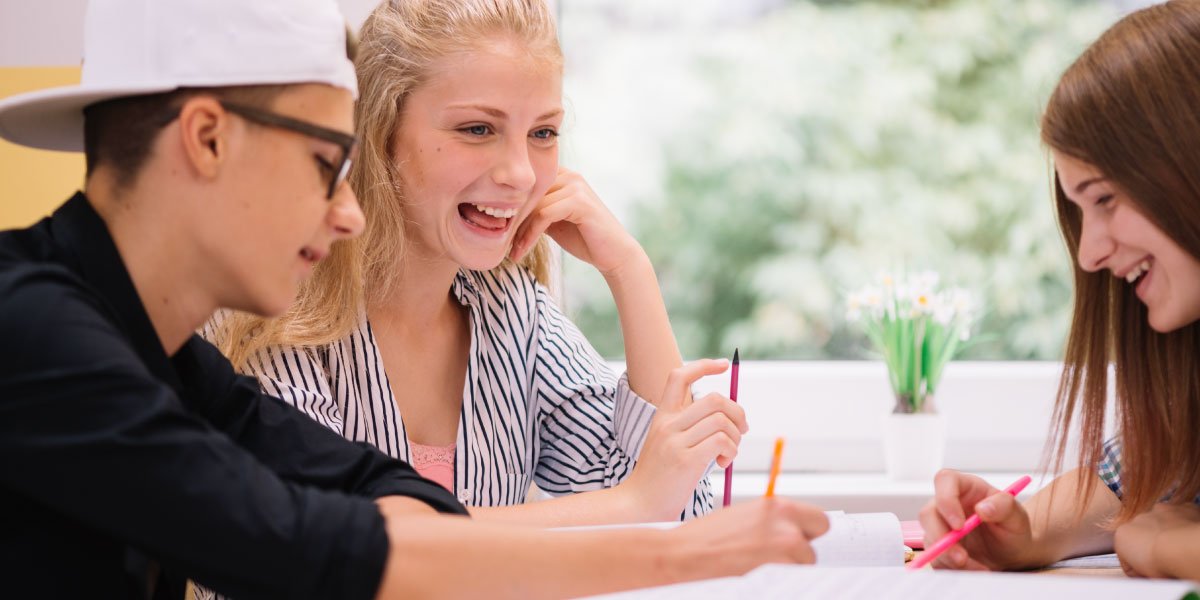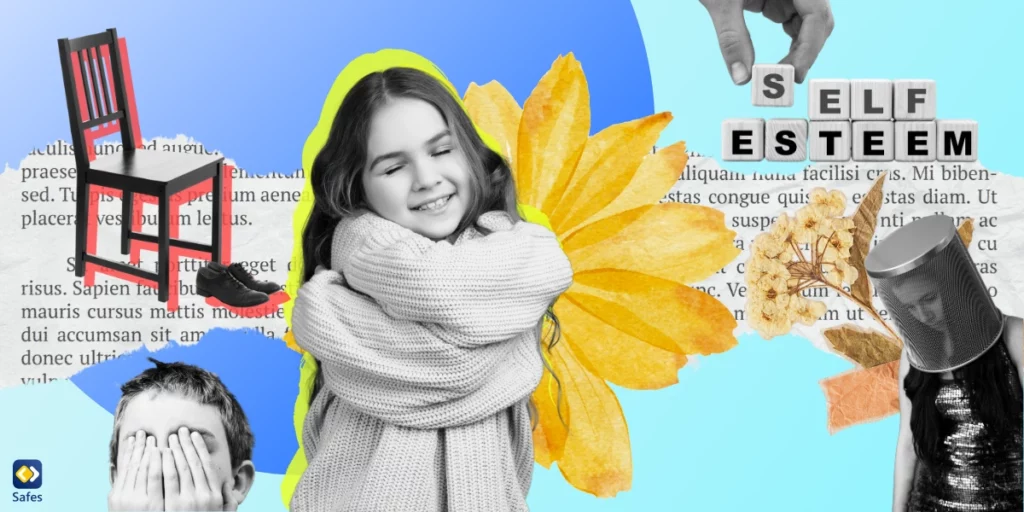Thanks to the internet, we are exposed to more information these days than any other time in history. This makes telling fact from fiction extremely difficult for anyone, especially young people who can be influenced by emotions more easily than adults. The news bubble that surrounds them can make them oblivious to the fact that a lot of the stuff they read online may not be true or sincere.
Download and Start Your Free Trial of the Safes Parental Control App
In a 2015 news literacy program by the Stanford initiative, students were asked to scan the pages of minimumwage.com and see whether the website was authentic or not. Judging by its professionally designed pages, they contended that the website’s (false) information is unbiased. Unfortunately, fake news examples for high school students don’t stop there.
But as their parents and teachers, it’s our responsibility to teach teenagers about ways to spot fake news and not be influenced by it. We will talk about it in this article.

Fake News, Misinformation, and Disinformation
Fake news is false information that is often propagated with malicious intent. It has the appearance of reliable news but its sources are unclear or unverified. Sometimes, the news or the platform on which it is published is so well-designed that it’s too hard to know whether the given information is sincere or not. Fake news is carefully crafted and it intends to influence people’s emotions.
Misinformation and disinformation are two notions that overlap with fake news. Disinformation is false information that is spread with a hostile intention. On the other hand, misinformation is a more general concept. It is false information that is spread either deliberately or unintentionally. Read more about it here.
Why Is Media Literacy Important for Teenagers?
The prevalence of online media has made it easier for fake news to spread without the sources having to verify them first. Regardless of whether the media is safe for kids or not, they see lots of news online every day. As the natives of the virtual world, the young generation gets most of their news and information from different websites and social media.
This generation is the future of our society. They are the ones who are going to vote, be president, stop global warming, and save the planet. Therefore, they need to know how to distinguish false information from reliable news. Read 3 Examples of Fake News That Went Viral on Social Media to see how serious fake news stories can become.
On the other hand, a great deal of students’ assignments is based on research. If they want to get good grades and succeed in their studies, they should be able to build their research on authentic solid statements. A wrong hypothesis can ruin an article completely.

How to Spot Fake News from Reliable Content?
In an article published in 2018, researchers created an exercise called the “fake news game.” In this game, students of a public high school were supposed to adopt the perspective of fake news producers and write a news article using misinformation. The findings of this study revealed that educational games can be an effective way to educate people against fake news.
There are several other fake news lessons for teenagers that can be done at home or school. However, all the available lesson plans try to teach the same fundamentals of evaluating information:
Check Author’s Credentials
It is important to see whether the author of the content is a real person and what their background is. Have they been active in the field? Are they a well-known person? Do they have any acceptable previous dedications to the matter? If there’s a small group of authors, each person’s background and reputation must be checked.
Always Consult Other Sources
Fake news is not based on facts. Therefore, it often can’t be found in other important sources. That’s why fact-checking is essential. Teens should learn to see if there is any supporting evidence elsewhere. This is not a foolproof approach on its own, because different sources can spread the same piece of fake news. However, if there are credible sources that confirm the same information online, it’s probably based on facts.
Check the Authenticity of the Source of the Information
Information can be biased for a number of reasons. Sometimes the news is exploited for political reasons. Or, the publisher wants to bad-mouth a competitor. It is not enough that a website is linked to a legitimate-looking organization or that it has an “About” section. The true nature of the source and its intentions must be doubly checked.
Check the Links
In fake news, you might come across references to biased sources or links to front groups that seem solid at first glance. The links of a piece of news should be checked from two aspects: 1) Are the given links from reliable sources? 2)Does the news transfer the message of the source without alterations?
Check the Authenticity of Photos
Students have shown weakness in this area. They tend to think that if there’s a photo, it must be true. However, you should help students understand that photos can be irrelevant to the subject or edited. Teach your students about the tools that help verify the authenticity of a photo using the examples provided in this link. Conducting a reverse image search can also be useful, as it can help them find the original photo through Google search.
Some Additional Help
These fake news lessons for high school students are one of the first and most important steps toward teaching digital literacy skills to the young generation. However, sometimes it is not enough. The school atmosphere can make students additionally exposed to fake news. It can result in chaos and confusion among them.
In these cases, parental control apps can come in handy. These apps can help monitor the flow of news on teenagers’ devices by tracking their online activity. Experience Safes, the academic-friendly solution that’s both efficient and cost-effective, with our free trial offer. Remember, this is just an extra help that you will use until they learn to fly!
Your Child’s Online Safety Starts Here
Every parent today needs a solution to manage screen time and keep their child safe online.
Without the right tools, digital risks and excessive screen time can impact children's well-being. Safes helps parents set healthy boundaries, monitor activity, and protect kids from online dangers—all with an easy-to-use app.
Take control of your child’s digital world. Learn more about Safes or download the app to start your free trial today!




